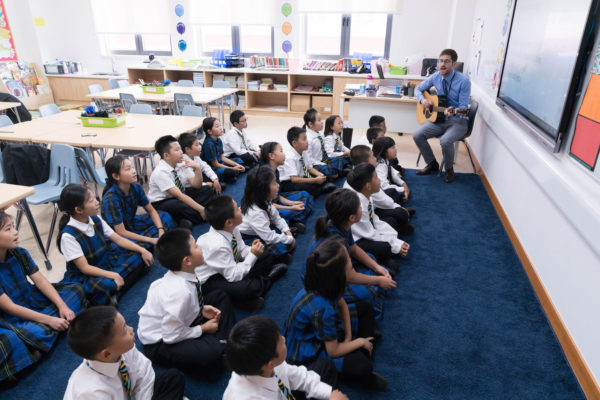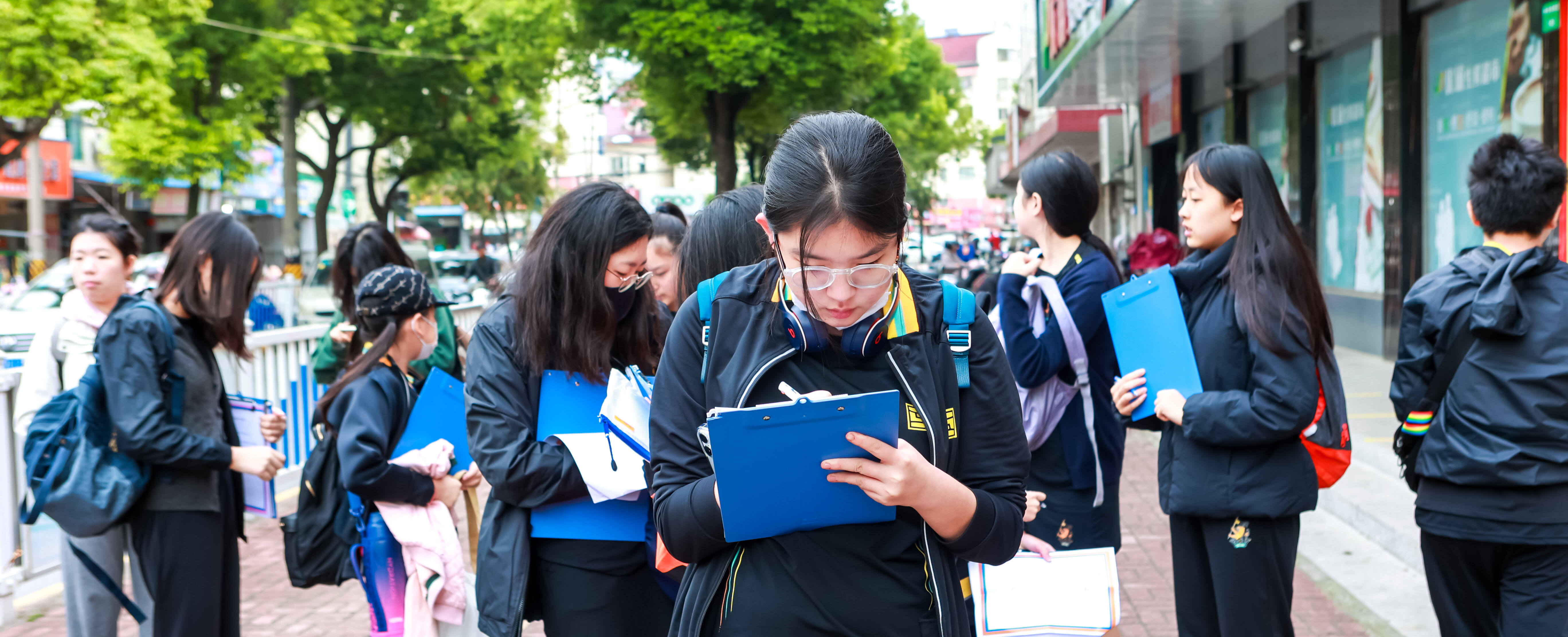We have all enjoyed a hugely successful first few weeks since Hiba Academy Shanghai opened. Pupils and
staff members have quickly settled into the school’s facilities as well as the rhythms of their daily lessons.
However, we feel that it is important that our pupils’ parents feel as connected as possible to the learning that
happens at Hiba. For this reason, we want to give you a brief overview of how our theme-based curriculum works,
given that it is an essential part of every primary school lesson in every school day that your child enjoys here.
What is theme-based learning?
Put simply, teaching a theme-based curriculum means that each skill area the children explore is connected to a specific
topic, which we refer to as a theme. Learning through themes gives pupils an opportunity to see their lessons as a
connected process with real life applications. When a theme is central to learning, children can explore it through
several subjects. This approach, supported by exciting and carefully planned field trips, gives the process of learning
a greater sense of depth and relevance.

Children of all ages benefit from these thematic connections made across the curriculum. Rather than
teaching each skill or topic in isolation, our children are encouraged to explore learning in a connected manner,
looking at the larger theme from different perspectives across various subjects. This way, they can gain a deeper and
more comprehensive understanding of what we are trying to teach them. In turn, this helps children make their own
connections from one learning experience to another. It also helps students become more creative thinkers and learners.
What does theme-based education look like on a day-to-day basis at Hiba?
Whenever our pupils begin a new theme, it is introduced by the teacher with an innovative first lesson which aims to
encourage interest as well as assess prior learning. For example, if we look at the theme of ‘dressing up’, the teacher
may arrive to class wearing an unusual outfit which will no doubt generate questions and engagement. This first lesson
enables teachers to find out what the children already know about the theme through relevant questioning. Fortunately,
all of our teachers have the experience and flexibility to build themes based on the appropriate interests of the
children they are teaching, while also delivering age-appropriate skills.

To explore another example, in geography, the pupils might learn about the different types of clothing that
people from around the world wear depending on the weather they experience. Pupils would initially discuss the climate
differences and how this affects the suitability of the clothes people wear in different countries. This helps them to
build up theme-relevant vocabulary and phrases in English, which they can practise across different subjects to
reinforce correct spelling and pronunciation. For further reinforcement of the theme, they might use online resources or
go on a field trip to see how clothes are made. This initial concept could then be connected to science, where pupils
investigate the properties of different materials and then look at how these properties influence their use in various
parts of the world. This could then spark off an art project to use different clothing materials to create a colourful
collage or prompt a series of sketches depicting different clothing trends throughout the ages.

We hope that this gives you a better understanding of the mechanics of Hiba’s theme-based curriculum and its importance in encouraging creative, cross-subject learning. As always, we strive to ensure that our pupils’ learning experiences are as fun, engaging and relevant as possible, and themes are an essential part of this ideal.

